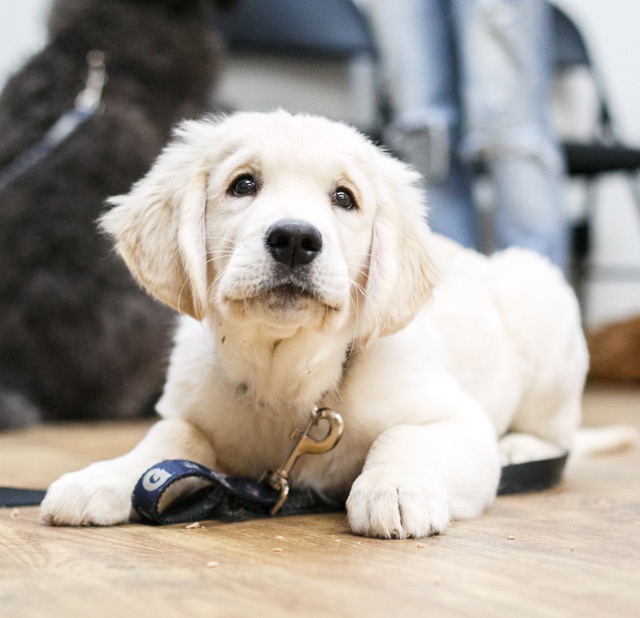
How Do Dogs Perceive Time?
Most of the pet parents I work with express great concern over the guilt they feel for leaving their dogs alone during the day while they go to work or school. Nobody wants to imagine their dog sitting idly for hours on end watching the clock tick slowly along while they are away. So, I am often asked ‘What’s the real deal about dogs’ concept of time? Do they know if I’m gone for 30 minutes shopping or eight hours to work?’
Dogs and Their Sense of Time
Dogs are such wonderfully social creatures, that it is no surprise most of us consider our dogs to be members of our family. As such, we treat them with all the love, kindness, and respect they deserve. But, we also sometimes find it hard to remember that as amazingly compatible with people as dogs are, they are not people themselves. Dogs have a very different view of the world than we do. This includes the way that dogs perceive the passage of time.
Studies on Dogs’ Time Perception
Certainly, the way different creatures perceive time is complicated. Some studies have shown that a dog cannot make a connection between a behavior and a consequence if there is more than a 4 second lag in between. For example, if your pup eliminates on the carpet and is punished 7 seconds later, it is unlikely he will understand what he is being punished for. Also consider situations such as the following; a dog is left in a yard on a very hot day (which shouldn’t happen, but just for the sake of making this point). He has just one bowl of water. An hour after he is left he purposefully tips the bowl over due to boredom, play, etc.. Do you think the dog is thinking about spending the day alone (without water) in the same way we would? If he could accurately gauge how long his typical day is left alone in this manner, odds are he wouldn’t waste the bit of water he has at his disposal.
Time Perception and Daily Routine
So, while it is difficult to get a real sense of a dog’s ability to gauge time, one of the most important things to consider is that it is our job as responsible dog lovers to help teach our dogs to be able to pass the time doing something they enjoy and which helps them avoid doing things we don’t like (such as chewing our shoes or furniture).
Perhaps most importantly, be sure to provide your dog with plenty of hollow chew toys stuffed with food and time will fly by as he happily works at his chew toys. Also, be sure to help your dog learn to spend time quietly alone when you are home (by tethering by leash a distance away from you, using a crate for short periods of confinement, and when appropriate separating them in another room) so they are better equipped to spend time alone when you actually leave.
Explore Our Dog Training Courses
Educate your dog with Andrea Arden and her team.
New York | Los Angeles | Connecticut
Share
- Group Classes
- Private Lessons
- Virtual Training
- Puppy Play Groups
- Puppy Training
- Articles & Advice


